Danger lurks in circling approaches
Air Facts
MAY 10, 2024
What speed on final approach? At what AGL altitude will the aircraft be in a stable/configured condition? At what AGL altitude will the aircraft be in a stable/configured condition? (No FAA parameters are no lower than 500’ AGL for stabilized criteria What specific runway lighting do we expect to see?

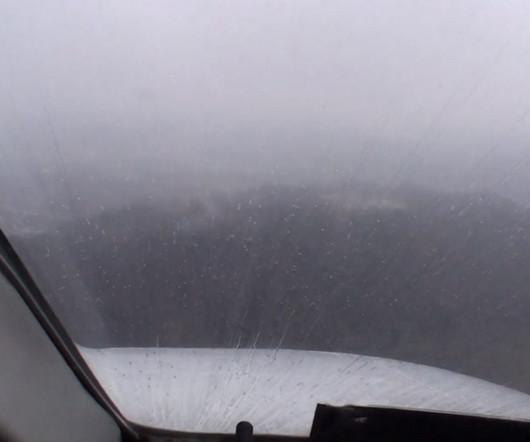
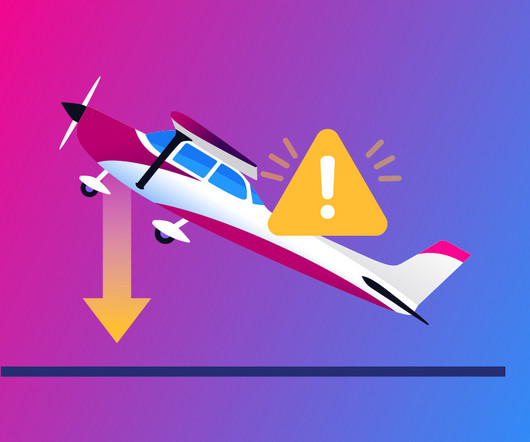

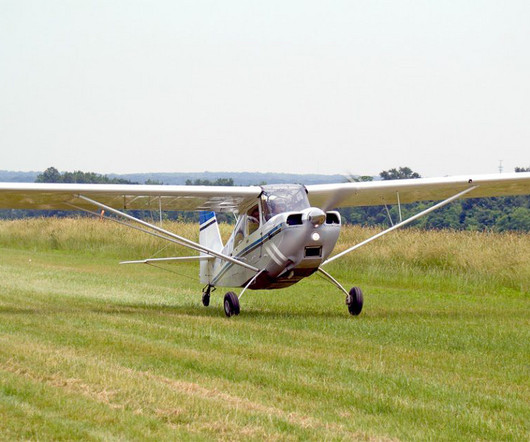
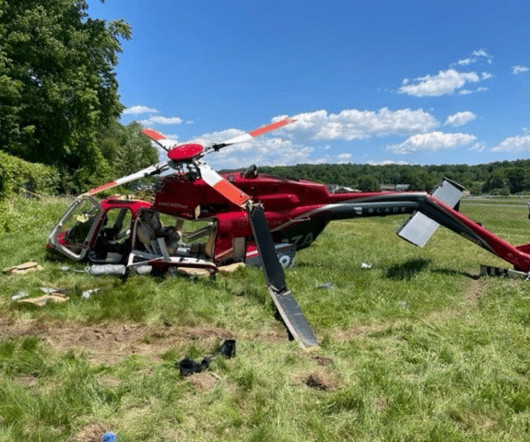
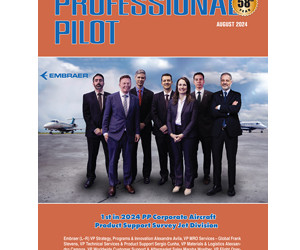

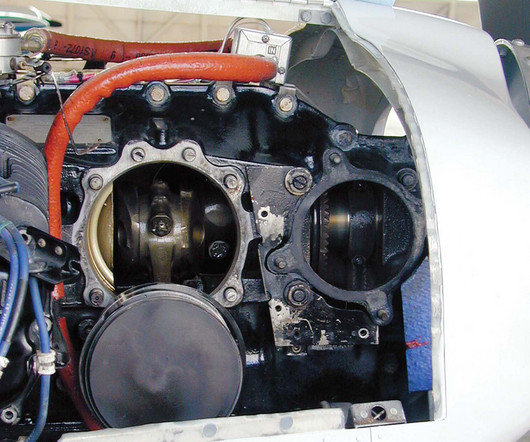






Let's personalize your content